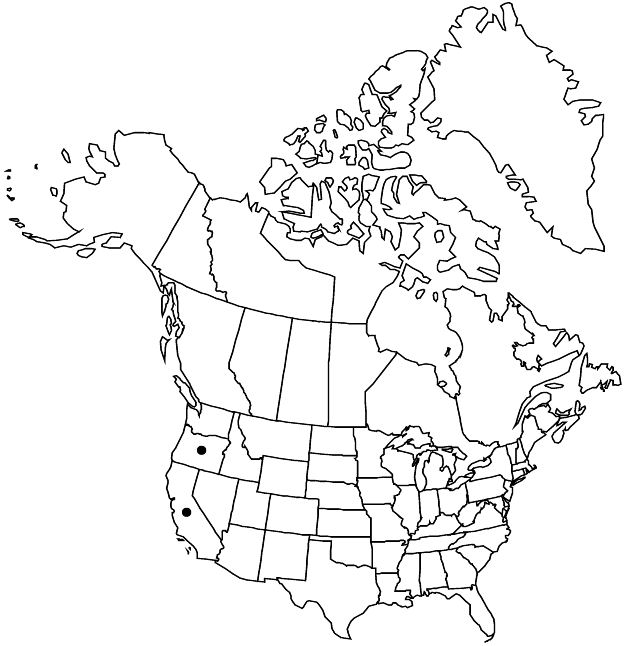Difference between revisions of "Sidalcea malachroides"
Proc. Amer. Acad. Arts 7: 332. 1868.
FNA>Volume Importer |
imported>Volume Importer |
||
| Line 65: | Line 65: | ||
|publication year=1868 | |publication year=1868 | ||
|special status=Endemic | |special status=Endemic | ||
| − | |source xml=https:// | + | |source xml=https://bibilujan@bitbucket.org/aafc-mbb/fna-data-curation.git/src/bb6b7e3a7de7d3b7888a1ad48c7fd8f5c722d8d6/coarse_grained_fna_xml/V6/V6_616.xml |
|subfamily=Malvaceae subfam. Malvoideae | |subfamily=Malvaceae subfam. Malvoideae | ||
|genus=Sidalcea | |genus=Sidalcea | ||
Revision as of 23:42, 27 May 2020
Herbs, perennial, or subshrubs, (0.4–)0.8–1.5(–2) m, not glaucous, with thick, rather woody caudex or taproot, without rhizomes. Stems clustered, erect, solid, bristly-hirsute, hairs simple, forked, and stellate. Leaves cauline, evenly arrayed on stem, similar in size and shape; stipules linear-lanceolate, 5–15 × 0.5 mm; petioles 4–7 cm on distal leaves, 1/2 times to as long as blades, longer on proximal leaves; blade maplelike, usually palmately (3–)5–7- 7–15 mm, pistillate 6–7 mm, bisexual or staminate 10–12 mm; staminal column 5–7 mm, hairy; anthers white to pale purplish or pale yellowish; stigmas 5–9. Schizocarps 5–6 mm diam.; mericarps 5–9, 2.5 mm, glabrous or sparsely stellate-hairy, margins rounded, back ridged, sides smooth or with slight corrugations near margins, not pitted, mucro absent. Seeds 1–1.5 mm. 2n = 20.
Phenology: Flowering May–Jul(–Aug).
Habitat: Woodlands, redwood forests, moist clearings near coast
Elevation: 20–700 m
Discussion
Sidalcea malachroides has long been considered to be the basal or so-called most ancient extant species of Sidalcea based on its morphology (E. M. F. Roush 1931; C. L. Hitchcock 1957). Molecular data support this conclusion (K. Andreasen and B. G. Baldwin 2001, 2003). These robust plants are distinguished by maplelike leaves that vary little in size and shape from base to apex of the stem, by relatively numerous, relatively small flowers with white or pale pink petals in dense, spiciform clusters on branched inflorescences, and by the coastal habitat. Formerly, it occurred in widely scattered sites from Monterey County, California, to Curry County, Oregon; fewer populations are extant; it has sometimes been cultivated. It is usually found in clearings and disturbed areas; it is threatened by logging and associated road usage, development, and non-native plant competition.
Selected References
None.
